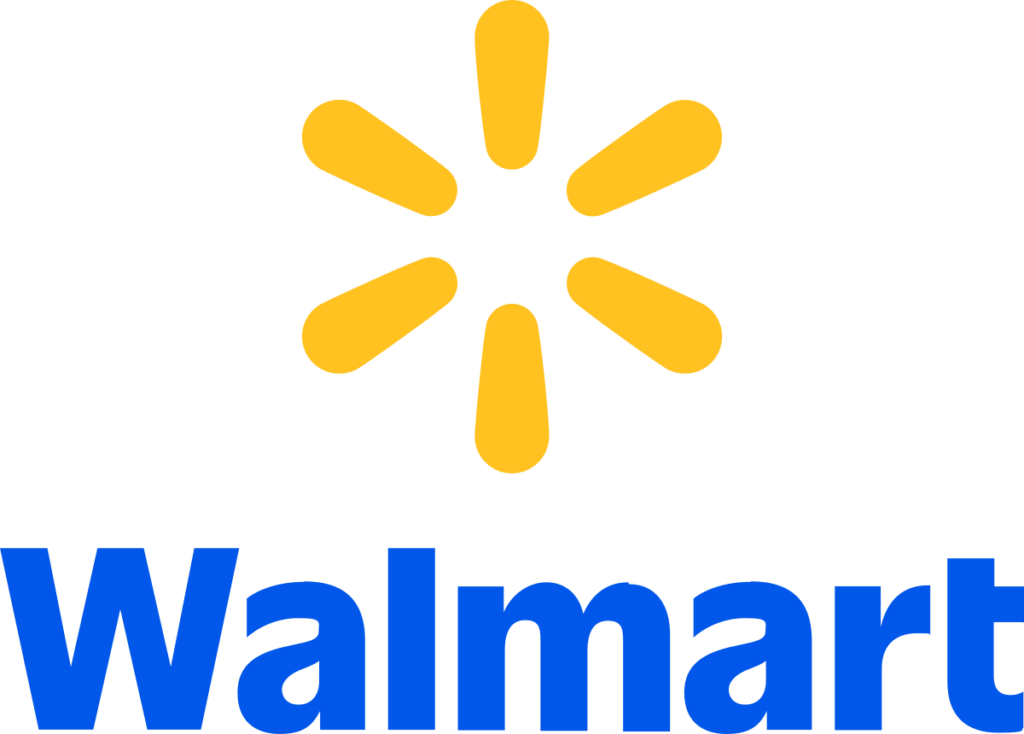Retail media’s full potential is stifled by structural barriers on both the sell and buy sides.
On the sell side, tech vendors typically are siloed by verticals—deep in industry expertise but blind to cross-sector opportunities. On the buy side, narrow ownership models limit retailers and other industries to fragmented, myopic visions of retail media’s possibilities.
As industries converge and retail media becomes a trans-industry capability, these challenges will intensify. Success demands a seismic shift in mindset, strategy, and execution.
The Solution?
✅ Open the aperture on customer success & prepare to swim outside your lane
✅ Build a diverse talent bench for retail media programs; tech sales and customer buy side
✅ Govern with agile alignment and proactive stakeholder management
✅ Foster a coalition of the willing to drive collaboration and innovation
✅ Don’t settle for generalists; Bring in specialists in media, retail media, AI, 1P Data & Salesforce to augment your perspective
At Trigg, we’ve cracked the code, bridging gaps to unlock retail media’s true power with Salesforce. Let’s redefine the future together—because retail media isn’t just an opportunity; it’s a transformation. 💡🚀
Backstory
#MediaIsHorizontal
It always struck me as odd when I joined Salesforce & seeing AE portfolios still grouped by vertical structures, loosely defined by industry definition. In days past, the tight definitions of Auto, Energy, Manufacturing & Insurance worked, but in a world where blurred lines and industry competition is harder to identify, where did one industry stop and another industry start?
Tough gig for a Chief Sales Officer, in often being the sole arbiter in deciding which account goes in which vertical. Is Zoopla really a media company? Is Uber, Tech or Travel? You get the picture.
But then, I’d come from the opaque, 50 shades of grey world of media, where dealing with ambiguity is part of the job spec.
This paper explores the key drivers of change for both traditional and non-traditional media companies. For leaders and customers investing in retail media, it unpacks the essential pieces of the retail media puzzle. It highlights examples of companies across industries that have successfully integrated media into their operations and examines future opportunities in this dynamic, fast-evolving space.
As we track the digital transformation of media and its technological foundations, we’re excited about the potential for media monetisation across all sectors. However, the old structural engagement playbook needs an overhaul to ensure CRM+AI+Data solutions build media capabilities faster and smarter in industries like travel, finance, automotive, CPG, and beyond.
Step 1) Context #MediaNow; Media & Entertainment Convergence
The blurring of lines in media and entertainment competition refers to the increasing overlap and convergence of traditionally distinct sectors within the industry. This trend is driven by technological advancements, changing consumer behaviors, and the need for companies to diversify their offerings to stay competitive.
What we know about Media now is this;
This seismic shift as traditionally distinct sectors converge is driven by tech advancements, evolving consumer habits, and the need for diversification. Tech giants like Apple, Amazon, and Google are now major players in content creation and streaming, while AI is reshaping how content is made and personalised. Advertising is shifting from traditional TV to data-driven, ad-supported streaming platforms, and user-generated content on TikTok, YouTube, and Instagram is challenging traditional media.
Gaming has emerged as a dominant entertainment form, with companies like Netflix and Amazon investing in interactive content and esports. Meanwhile, sports streaming and athlete influencers are blurring the lines between sports and entertainment. This convergence has led to increased competition, new business models (SVOD, AVOD), and fragmented audiences. Cross-industry partnerships are becoming essential, but companies also face regulatory challenges around antitrust, privacy, and content moderation.
In this evolving landscape, adaptability and innovation are key. Companies must embrace collaboration, diversify revenue streams, and navigate regulatory hurdles to thrive in the new era of media and entertainment.
However, what really fascinates us is what’s next in Media for retailers.
Step 2) #MediaNXT; Retail Media – The Poster Child for Media Convergence
But the blurring of lines in the media and entertainment industry extends to retailers acting like media companies. This trend is part of a broader shift where companies outside traditional media are leveraging content creation and distribution to enhance their brand, engage customers, and drive sales. Retailers are increasingly adopting strategies that mimic media companies, and here’s how:
How Retailers Are Acting Like Media Companies:
Creating Original Content: Retailers are producing their own content to engage customers and build brand loyalty;
Monetising Data: Retailers can use data from content consumption to better understand customer preferences and tailor their offerings via 3rd party ads & offers
Competing with E-Commerce Giants: As platforms like Amazon and eBay dominate e-commerce, other retailers are using content to create unique value propositions and stand out.
Customer Engagement: Content is a powerful tool for engaging customers and building emotional connections with brands. Retailers are using storytelling to differentiate themselves in a crowded market.
Leveraging Social Media as a Content Platform: Retailers are using platforms like Instagram, TikTok, and YouTube to create engaging content that goes beyond traditional advertising;
Building Communities Through Content: Retailers are using content to foster communities and deepen customer relationships;
Acquiring Media Companies: Some retailers are directly acquiring media companies to bolster their content capabilities;
Live Streaming and Shoppable Content: Retailers are blending entertainment with commerce through live streaming and interactive content;
Gaming and Virtual Experiences: Retailers are entering the gaming and virtual reality space to engage younger audiences;
Data-Driven Personalization: Retailers are using data analytics to create personalized content experiences, much like media companies. Netflix-style recommendations are now being used by retailers like Spotify (for music) and Stitch Fix (for fashion).
Why are retailers motivated to invest in a media capability?
💰 Driving Sales:
Content can directly influence purchasing decisions. Shoppable content, product tutorials, and influencer collaborations are effective ways to convert viewers into buyers.
🤝 Brand Loyalty:
By creating content that aligns with their brand values, retailers can foster loyalty and turn customers into brand advocates.
5 Examples of Retailers as Media Companies

Amazon Prime Video
Produces original content to attract and retain Prime subscribers, while Amazon Live offers shoppable live streams.

Walmart
Streaming service and partnerships with media companies position it as a competitor in the entertainment space.

Sephora
Beauty tutorials and influencer collaborations make it a leader in beauty content creation.

Nike
Fitness apps, motivational content, and virtual experiences blur the lines between retail and media.

Alibaba
Taobao Live and other content-driven initiatives integrate entertainment and shopping seamlessly.
Future Trends
In summary, the blurring of lines between retailers and media companies is a significant trend that reflects the evolving nature of consumer engagement. By acting like media companies, retailers can create deeper connections with their audiences, differentiate themselves from competitors, and drive long-term growth. But it doesn’t stop there.
Step 3) What’s next for mediaNXT? The Trans-Industry Capability…
Consumer Packaged Goods (CPG) and FMCG: CPG companies are leveraging their direct-to-consumer (DTC) platforms to build retail media networks;
Travel and Hospitality: Airlines, hotels, and travel platforms are using retail media to monetise their digital properties;
Automotive: Using retail media to engage customers and monetize their digital platforms. Examples include:
Telecommunications: Leveraging their vast customer data and digital platforms to offer targeted advertising. Examples include:
Healthcare and Pharmaceuticals: Beginning to explore retail media to engage patients and promote products;
Financial Services: Banks and financial institutions are using retail media to offer personalised financial products and services;
Food and Beverage: Restaurants and food delivery platforms are incorporating retail media to monetize their digital properties;
Fashion and Apparel: Fashion brands are using retail media to enhance their DTC strategies;
Why Are Industries Adopting Retail Media Capabilities:?
Monetisation of First-Party Data
Companies can leverage their customer data to offer highly targeted advertising opportunities, creating a new revenue stream.
Enhanced Customer Engagement
Retail media allows companies to deliver personalised content and ads, improving customer experiences and loyalty.
Competitive Advantage
By offering retail media capabilities, companies can differentiate themselves from competitors and attract more advertising dollars.
Diversification of Revenue
Retail media provides an additional revenue stream beyond core business operations, reducing reliance on traditional revenue sources.
Data-Driven Insights
Retail media networks generate valuable insights into customer behavior, which can be used to optimise marketing strategies and product offerings.
5 Examples of Retail Media Networks in Non-Retail Industries:

Uber Eats and DoorDash:
Provide sponsored listings and display ads to restaurants and food brands, helping them reach a broader audience

Walgreens Advertising Group:
Offers targeted ads to healthcare brands on digital platforms, leveraging customer data and pharmacy insights

Verizon Media (Yahoo):
Offers ad solutions across its digital properties, including Yahoo Finance, Yahoo Sports, and Yahoo Mail

American Express:
Amex Offers provides personalized deals and ads to cardholders based on their spending habits

Tesla:
In-car entertainment system has the potential to offer targeted ads based on driver preferences and location
Future Trends
In Summary
The adoption of retail media capabilities is expanding beyond traditional retailers, with industries like travel, automotive, healthcare, and financial services leveraging their customer data and digital platforms to create new revenue streams and enhance customer engagement.
This trend reflects the growing importance of data-driven marketing and personalised experiences in today’s digital economy.
Are you looking to embrace the latest in Data, CRM and AI to simplify your business? Get in touch today.
